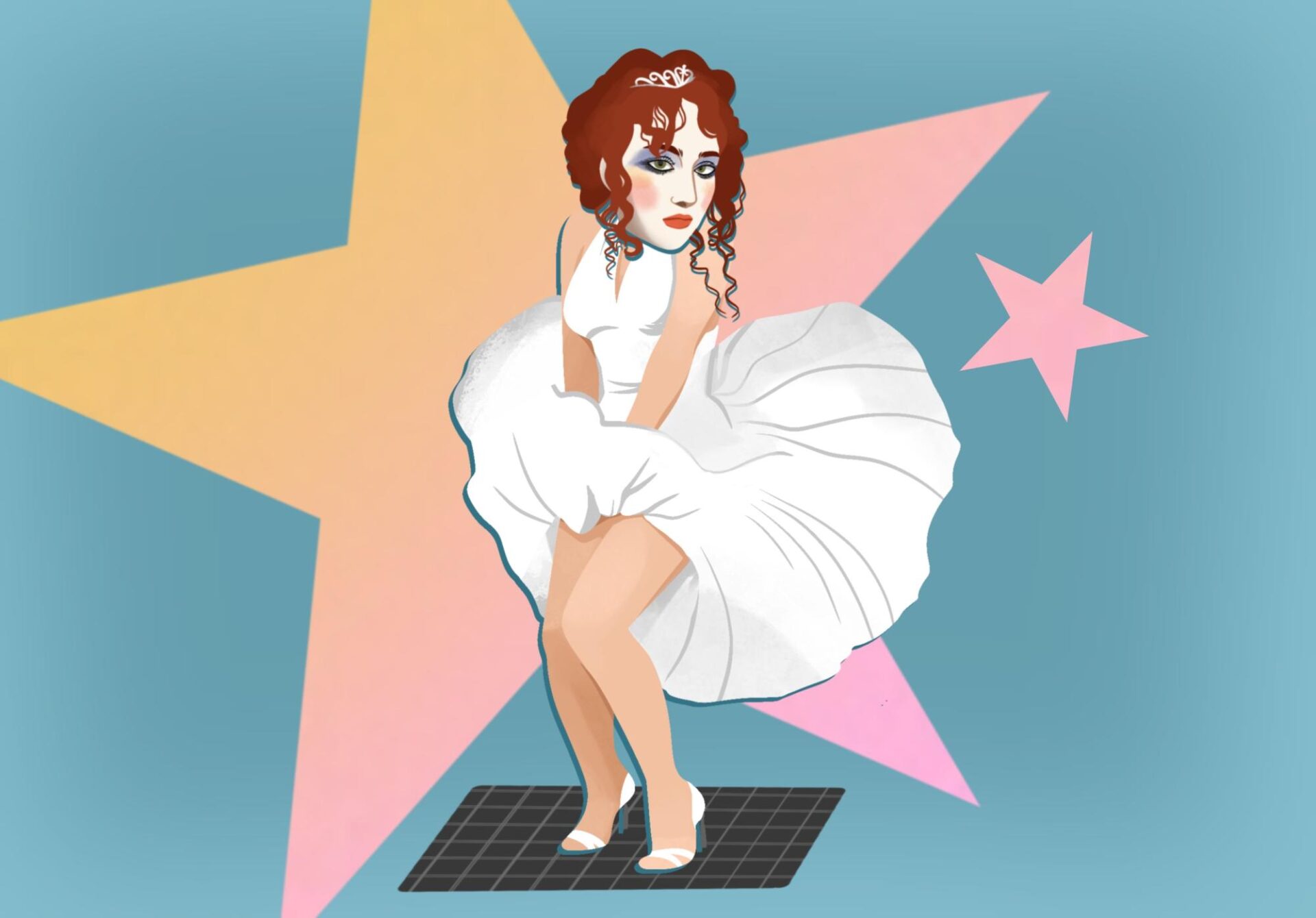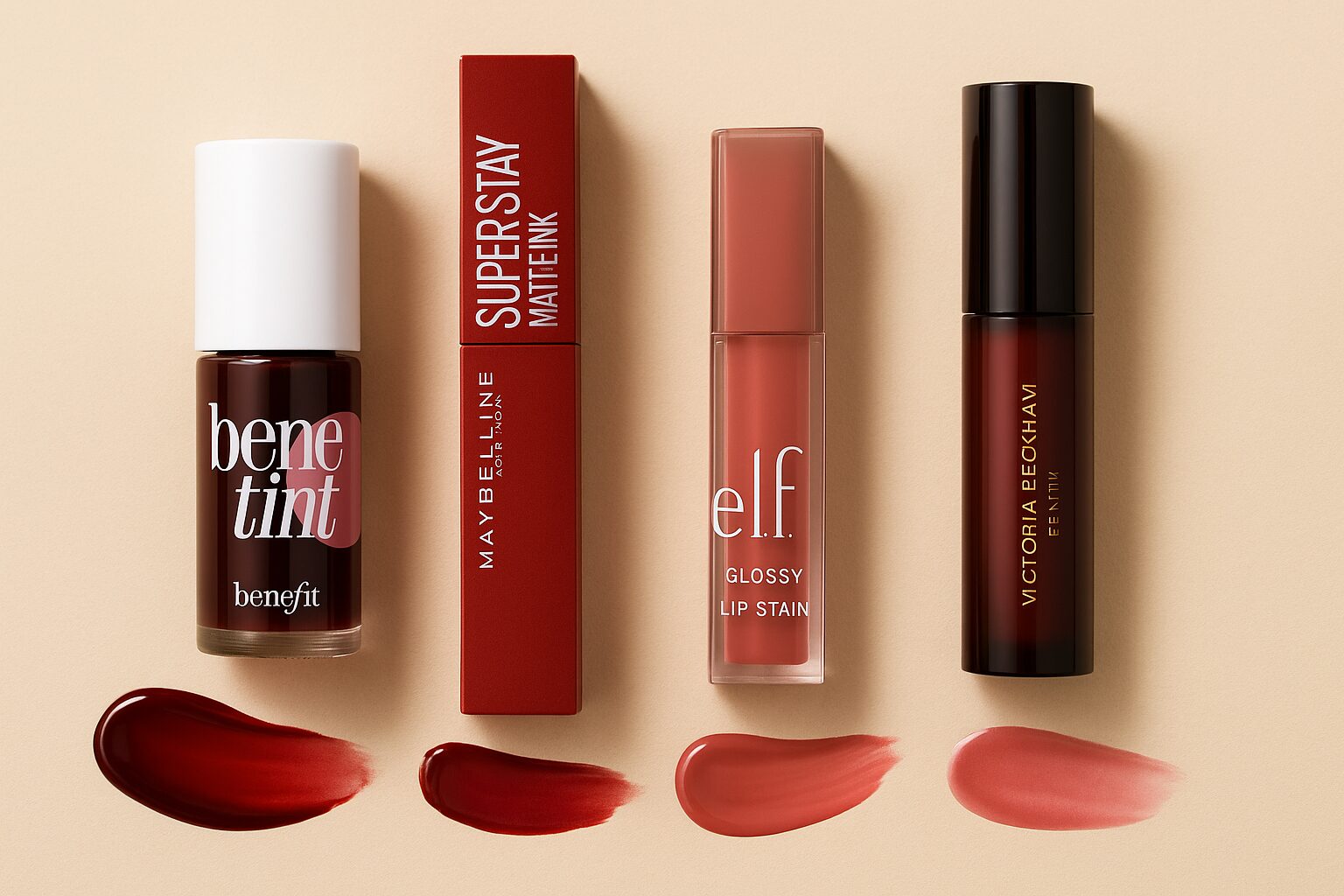In the realm of global popular culture, our perception and understanding of the concept of fame or celebrity has remained fundamentally unchanged over the years. Genuine figures metamorphose into highly cultivated personas, especially with widespread usage of social media platforms. While historical popular icons like Marilyn Monroe or more recent ones such as Lady Gaga have dealt with fame with different responses or circumstances, the predominantly accepted norm of converting personal identity into a professionally curated brand always dominates.
The narrative of the small-town girl who turns into a superstar frequently appears on the canvas of our popular culture. The so-called American dream, however, often turns these budding starlets’ lives into relentless nightmares. The advent and proliferation of social media portals have made this process even more delicate, enabling fans to step beyond the curtain and unhinge the authenticity behind the celebrity culture.
Social media platforms have become the glitzy stages where celebrities aim to portray relatability and authenticity. Enthralling makeup tutorials, glimpses of their homes, and live videos from their tours are demonstrations of the celebrities’ marketing strategies, aimed at selling their authenticity and ensuring a more excellent fan attachment. However, beneath this illusion of transparency lies the continuous promotion of products cleverly inserted into these elements, as celebrities actively market themselves to their audience leveraging on social media.
Yet, such marketing ploys are not a new phenomenon existing within the domain of fame and celebrity. Media experts underline that, just as copyrights protect an individual’s creative content, all notable attributes of celebrities, including their names and unique characteristics, are safeguarded under similar legislations known as the right of publicity. This protection ensures an avoidance of misrepresentation and reinforces the celebrities’ ownership over their persona, reputation, and professional image.
Essentially, celebrities become their unique brand, transforming their multi-dimensional personal traits into easily recognized, simplified, distinct characteristics that fuel their popularity. However, this process can significantly impact individuals’ identities, reducing their complex personality to a few stereotyped traits that often remain attached to them for a lifetime.
Taking an infamous example from the past, Marilyn Monroe, initially known as Norma Jean Baker, underwent a transformation from a young bride to one of the most iconic figures globally. Monroe’s image represents midcentury American femininity predominantly, becoming more of a symbolic figure rather than a person. Many argue that there’s a vast divide between who Monroe initially was and the image that was shaped around her, with the incessant exploitation of her as a naive blonde being her enduring legacy.
The striking wave of change arrived this past year when Chappell Roan, born as Kayleigh Rose Amstutz, emerged into prominence. Roan’s talents led her to break records at renowned music festivals, open for other popular artists on their global tours, achieve impressive chart rankings with her debut album, and acquire a status as the most lauded figures in present pop music.
Roan’s ability to segregate her personal life from her professional identity is a striking contemporary update to the notion of celebrityhood. Roan, like many celebrities who donned a stage name, presents her professional life as a part of her work and sets a clear demarcation between her professional commitments and personal life. This understanding of fame as a trade akin to a regular job is a significant shift from the incessant merging of public and private personas that many celebrities undergo.
Roan’s outlook on Hollywood indicates a protective mechanism that rejects the entertainment world’s conventional norms, safeguarding herself through straightforwardness and an unwillingness to follow the tradition. Her approach is causing significant ripples within the industry. Roan’s courage in revealing the inauthenticity of fame and questioning why she should jeopardize her life for merely being a performer is a refreshing depiction of honesty and reality.
Roan’s appeal largely emanates from her unique stance and willingness to voice what is usually unsaid. Celebrities don’t owe authenticity to the public and should not be compelled to dispense it. The need to protect their personhood beyond professional restraints has become central, especially considering the rampant exploitation caused by the merging of celebrities’ professional personas with their personal lives.
The treatment of celebrities akin to brand mascots is essential, considering that fame itself necessitates transformation. Given we hardly concern ourselves with what brand mascots do outside their professional world, it is equally essential to consider celebrities through the same lens. Wanting to see a young star exploited by the entertainment industry is not only unnecessary but also undesirable, given we’ve seen such instances endlessly for as long as celebrity culture has existed. Therefore, seeing true transformation and honoring the distinction between their personal and professional personas is pivotal.





